To locals it may affectionately be nicknamed Tellytubbyland but to fans it’s nothing short of hallowed turf.
While it may be easy to imagine Tinky Winky, Dipsy, Laa-Laa, and Po playing among its landscaped slopes and grass roof, step inside The Macallan Distillery, near Craigellachie, on Speyside, and any delusions about its novelty value melt away.
The interlocked beams and joists of its wooden ceiling are more like a cathedral than an aircraft hangar, spanning the length and breadth of its massive still room and adjoining bar.
It’s all a far cry from the sad-looking grey harling of the 1950s distillery buildings that sit a short walk from the £140 million facility.
The new building opened in 2018 and was designed by architecture firm Rogers Stirk Harbour + Partners, whose previous projects included Heathrow Airport’s fifth terminal.
“We no longer consider ourselves as a ‘visitor experience’ or ‘visitor centre’,” explained Stuart Cassells, founder of the Red Hot Chilli Pipers and now head of private client management and experience at The Macallan.
He added: “We are focused on being a complete hospitality destination experience, rather than simply a tourism attraction, and our process tour is only a component part.
Guests typically spend five hours at the distillery
“Our experiences are designed to cater to a range of existing levels of knowledge, from whisky novices to aficionados, which ultimately reinforces each guest’s affinity with the brand.
“On average, each guest spends five hours at the distillery.”
Those “experiences” range from the £50 Discovery tour and tasting through to the £100 Director’s Cut package, which explores the brand’s connections to the James Bond film franchise, and the £600 fishing day on the 485-acre estate’s beat.
During July the distillery hired professional actors to portray characters from its historic story during promenade-style theatre performances, which included a picnic lunch in a tent by the River Spey.
Potential visitors have to inquire” about the price of its chauffeur-driven Bentley experience, maintaining the mystery and alure that surrounds such luxury packages.
The Macallan’s focus on these luxury “experiences” has attracted the attention of other players in the tourism industry.
PoB Hotels – formerly Pride of Britain Hotels – has formed a partnership with the distillery, which is now in the hotel brand’s suggested itineraries for visitors to Scotland. PoB works with eight independent hotels across Scotland, including The Fife Arms in Braemar, Ness Walk in Inverness and The Torridon in Wester Ross.
Kalindi Juneja, chief executive, PoB Hotels, said: “The Macallan is a leader in the market, and so the partnership works well for us in terms of positioning and brand alignment.
“They have such exciting ways in which they bring these experiences to life.
“They also focus on food pairings, which was another key reason why we thought this would make such a good partnership.”
How it was usually done in the past
Wind the clock back to the 1980s and 1990s, and tours were all about the numbers.
The aim was to get in as many coach-loads as you could, give them a whistle stop tour, and then send them on their way again after a thimbleful of whisky.
The Macallan isn’t the only Scotch whisky distillery that’s been heading upmarket with is tours and tastings recently.
Edrington-owned stablemate Highland Park’s Spirit of Orkney Experience starts at £30 before accelerating through to its Orcadian Vintages Experience at £650 and its Rare & Exclusive Experience at £1,300.
Creating the right impression for visitors to Orkney was clearly also on the minds of the designers behind the Noust, the new tasting room at Scapa Distillery, which opened in April and resembles an upturned boat.
Scapa’s Classic Tour costs £20, a figure that appears to be quickly becoming the industry’s standard entry-level price, while its Orcadian Experience tips the scales at £100.
The Dalmore – which, along with The Macallan and Bowmore, is one of the darlings of the international whisky auction scene – is currently renovating its distillery near Alness, with the site due to reopen to visitors late next year.
When the investment was announced last year, parent company Whyte & Mackay said it wanted “to create an iconic distillery, home to an exceptional single malt”, potentially hinting at how high-end tourism could fit into the redesigned site.
Last year’s visitor spend was up by 8.65% from 2019
The trend towards the upper end of the market is partially reflected in recent figures from the Scotch Whisky Association.
Data from the trade body shows the average amount spent by visitors to Scotch whisky distilleries rose from £39.20 in 2019 to £42.59 last year, a rise of 8.65% and ahead of the Bank of England’s inflation estimate for the period.
But the number of visitors has struggled to recover following the coronavirus pandemic.
The total dipped to two million last year, compared with 2.16m in 2019, with the amount they spent edging ahead by only 0.82% over the same period, to £85.4m.
The importance of luxury whisky tourism is also having an influence on how distilleries are designed.
Gareth Roberts is the founder of Organic Architects, which has worked on numerous distillery projects, including Ardnamurchan, Benbecula and Woodland on Speyside.
Mr Roberts said: “They’ve gone from being factories where they’ve squeezed in a visitors’ centre to ‘brand experiences’, with multipurpose rooms that can be used for tastings or events.
We’re now dealing with people who can drop a million on a cask.”
Gareth Roberts, Organic Architects
“You no longer know who’s going to walk through your door. You don’t know if a visitor is going to buy tens, hundreds or thousands of pounds-worth of bottles. We’re now dealing with people who can drop a million on a cask, and so the environment you create has to match these people.
“That’s the problem, but it’s a nice problem to have.”
Smaller distilleries have ‘heart and soul’ appeal for visitors from all over
He pointed to the growing popularity of Scotch among Chinese visitors, as well as connoisseurs from more traditional locations like the US, Germany, and Scandinavia.
Mr Roberts also highlighted the contrast when visiting larger and smaller distilleries.
He added: “Don’t get me wrong, some of the bigger distillers have amazing production facilities. But they’ve never quite got the heart and soul to match the smaller distilleries.
“It’s a genuine experience for visitors when they get to meet the founder of a smaller distillery, who’s had the vision to create their business and isn’t tied down by the legacies of some of the larger players.”
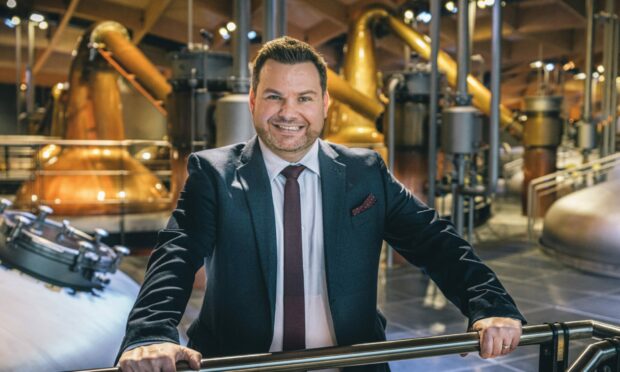
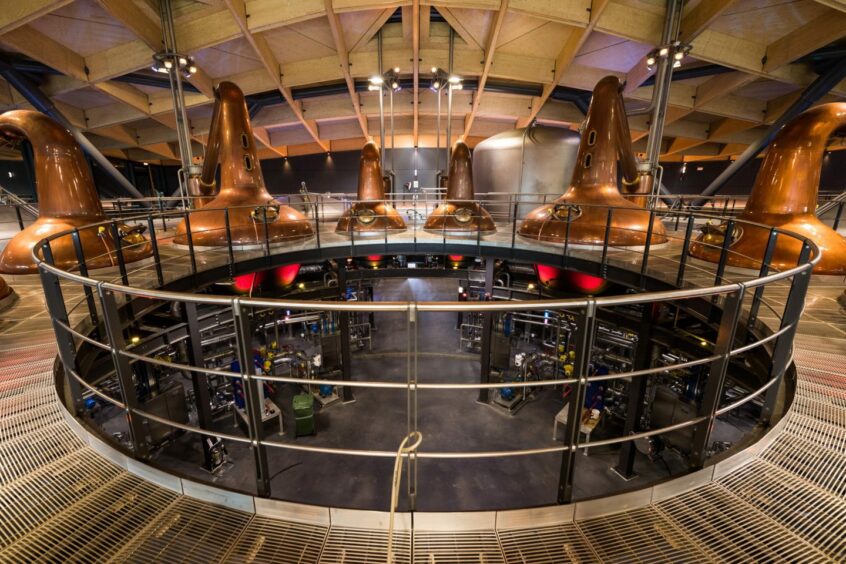
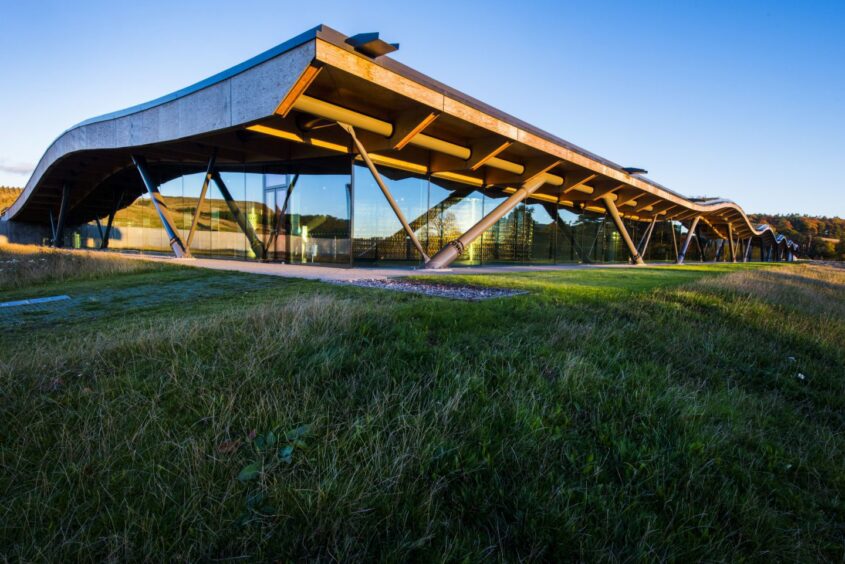
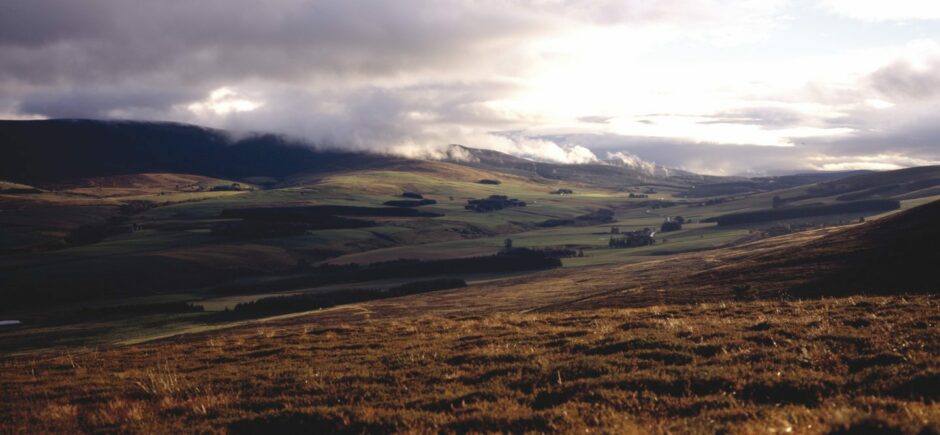
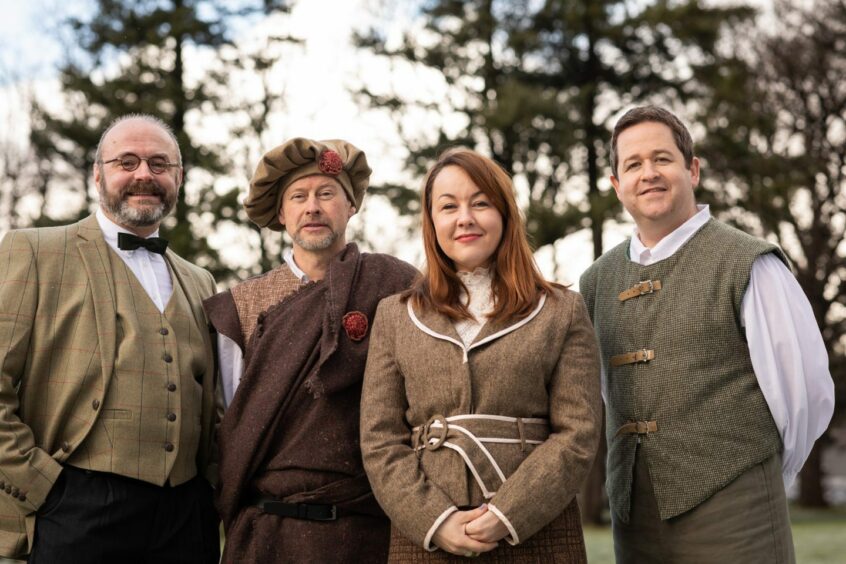
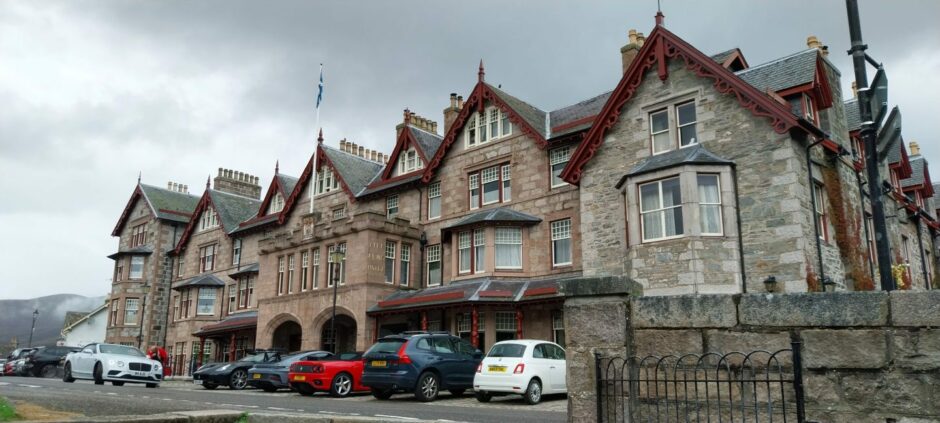
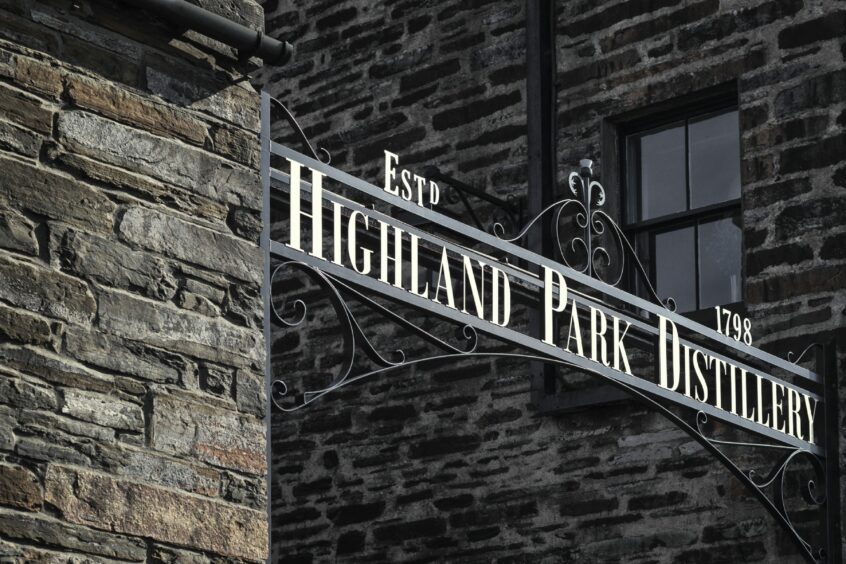
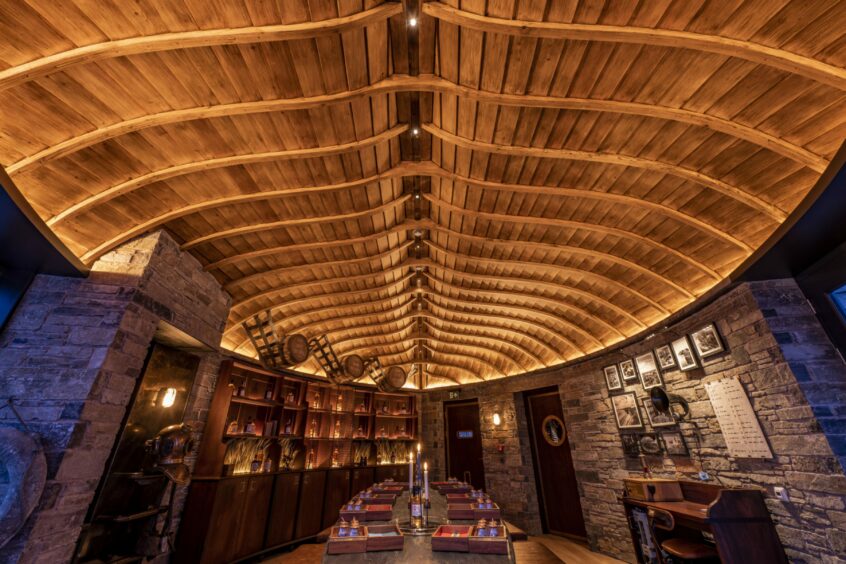
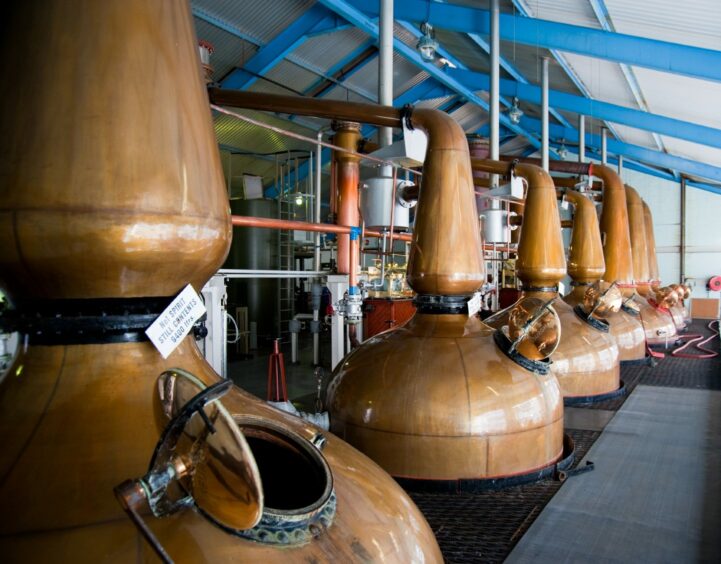




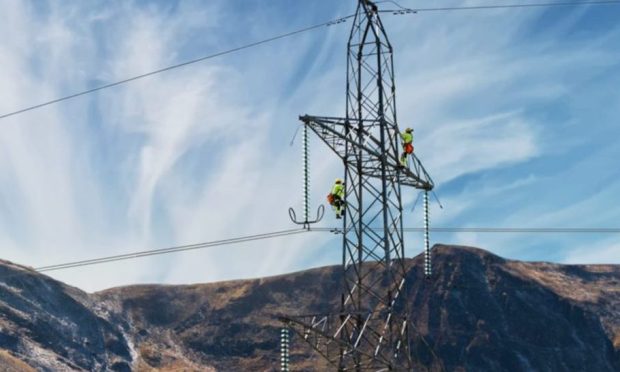





Conversation